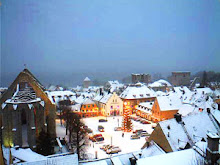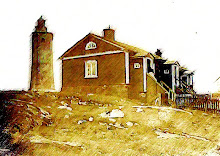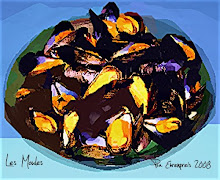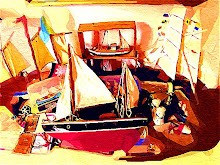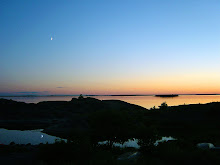 ..the antique wood stove that has been sitting in the kitchen of the old house ever since 1909.
..the antique wood stove that has been sitting in the kitchen of the old house ever since 1909.It was too old to run and I needed the space in the kitchen. I can tell you it was heavy to move through the house and on to the terrace door where it was fork truck lifted by Mats - my ever so helpful brother-in-law. The fundament where ithe EBE-stove had been sitting for such along time was unspeakable. At first I figured the stove had been placed on an insulated carpet of some kind until I discovered the layers of decades of fine compact dust that could be picked up in one full piece..like a carpet..
I hurt my heart to see it go after such a long time of serving the family members that used to live here. I had of course checked with a few antique dealers in Gotland before making the decision and it turned out that there is no market for these sturdy pieces any more - at least not in my part of the world..




























































